Waterbody Restoration and Carbon Sequestration Function Realization Path in Wetland Parks
DOI: 10.23977/erej.2025.090105 | Downloads: 21 | Views: 937
Author(s)
Yi Zhang 1
Affiliation(s)
1 University of Sheffield, Western Bank, Sheffield, South Yorkshire, S10 2TN, UK
Corresponding Author
Yi ZhangABSTRACT
Based on field surveys of 30 typical wetland parks in the Yangtze River Delta region, this study established a multi-level water quality purification technology system, including integrated technologies such as ecological floating islands, microbial enhancement, and ecological ditch purification. By optimizing the configuration of aquatic plant communities, improving sediment environments, and enhancing microbial activity, a synergistic improvement of wetland water purification and carbon sequestration was achieved. The study developed a technical path centered on deep purification systems, ecological reconstruction, and carbon sink enhancement, along with a scientific management system for monitoring, early warning, maintenance, and performance evaluation. This provides a systematic solution for improving water quality and enhancing carbon sink capacity in wetland parks.
KEYWORDS
Wetland Park; Waterbody Restoration; Carbon Sequestration; Ecological Reconstruction; Management SystemCITE THIS PAPER
Yi Zhang, Waterbody Restoration and Carbon Sequestration Function Realization Path in Wetland Parks. Environment, Resource and Ecology Journal (2025) Vol. 9: 42-49. DOI: http://dx.doi.org/10.23977/erej.2025.090105.
REFERENCES
[1] Zhao Y, Huo A, Zhao Z, et al. Novel Method for Evaluating Wetland Ecological Environment Quality Based on Coupled Remote Sensing Ecological Index and Landscape Pattern Indices: Case Study of Dianchi Lake Wetlands, China[J]. Sustainability (2071-1050), 2024, 16(22).
[2] Mitra P, Haldar A, Banerjee P. Public participation in restoration and sustainable use of wetland ecosystem services in India[J]. Handbook of research on monitoring and evaluating the ecological health of wetlands, 2022: 280-303.
[3] Li K. Ecological Role of Small-scale Artificial Wetlands in Water-scarce Cities: A Case Study of Anyang City, Henan Province, China[J]. International Journal of Natural Resources and Environmental Studies, 2024, 2(1): 14-19.
[4] Khai E L, Mokhtar M, Thian L G, et al. Wetlands estimation survey using DotS method: the case of Paya Indah Wetlands (PIW), Malaysia[J]. Geografia: Malaysian Journal of Society and Space, 2023, 19(1): 80-94.
[5] Elassal O A, Haron A O. A Comparative Study of Constructed Wetland Parks as a Model for Sustainable Parks[J]. Engineering Research Journal (Shoubra), 2023, 52(2): 1-9.
[6] Lian T, Sidun X. Restoration of Polders Through Nature-Based Solutions--Landscape Practice in the Start-up Area of Jianyang Lake Wetland Park[J]. Landscape Architecture Frontiers, 2021, 9(4): 92-106.
[7] Nayak A, Bhushan B. Wetland ecosystems and their relevance to the environment: importance of wetlands[M]// Handbook of research on monitoring and evaluating the ecological health of wetlands. IGI Global, 2022: 1-16.
[8] Yin H, Liu L, Liu Q, et al. Levels and distribution of organophosphate esters (OPEs) in typical megacity wetland park landscape water bodies in southwest China[J]. Archives of Environmental Contamination and Toxicology, 2022: 1-10.
[9] Lu C. Evaluating urban ecological wetland parks using big data analytics and art vision[J]. Soft Computing, 2023, 27(19): 14451-14467.
[10] Kelleway J J, Adame M F, Gorham C, et al. Carbon storage in the coastal swamp oak forest wetlands of Australia[J]. Wetland carbon and environmental management, 2021: 339-353.
| Downloads: | 5909 |
|---|---|
| Visits: | 433585 |
Sponsors, Associates, and Links
-
International Journal of Geological Resources and Geological Engineering
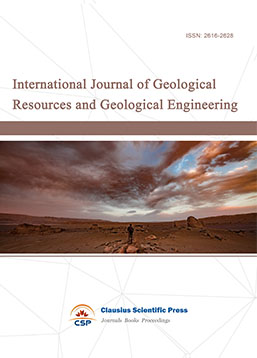
-
Big Geospatial Data and Data Science
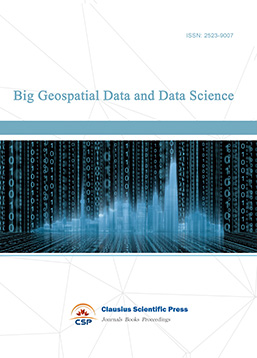
-
Solid Earth and Space Physics
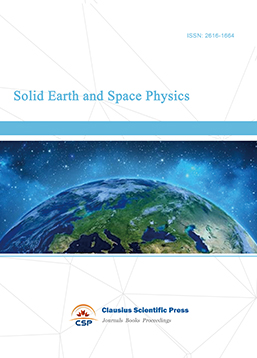
-
Environment and Climate Protection
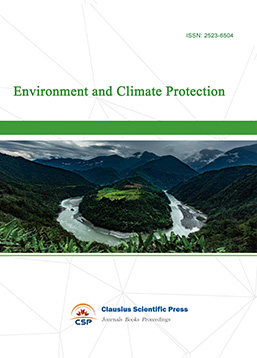
-
Journal of Cartography and Geographic Information Systems
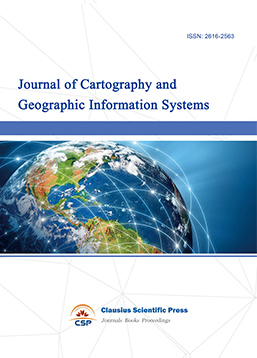
-
Offshore and Polar Engineering
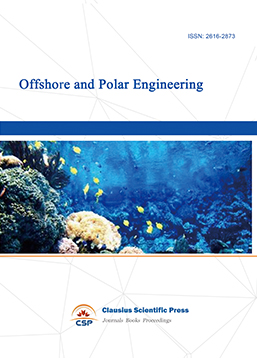
-
Physical and Human Geography
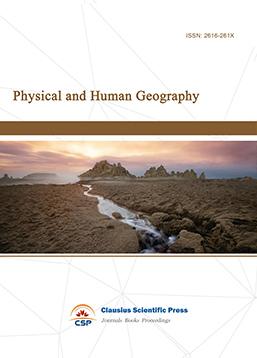
-
Journal of Atmospheric Physics and Atmospheric Environment
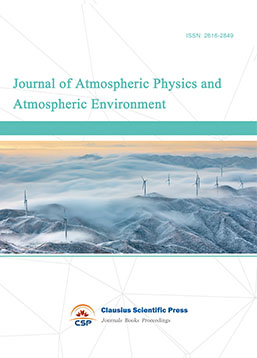
-
Trends in Meteorology

-
Journal of Coastal Engineering Research

-
Focus on Plant Protection

-
Toxicology and Health of Environment
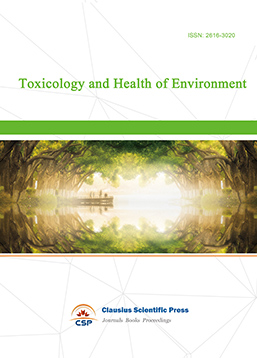
-
Geoscience and Remote Sensing
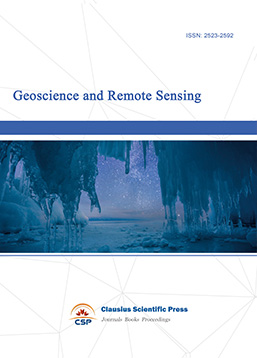
-
Advances in Physical Oceanography
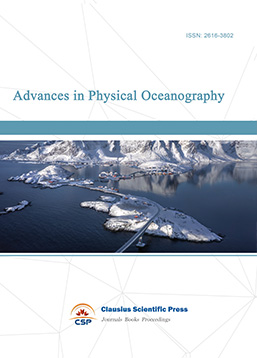
-
Biology, Chemistry, and Geology in Marine
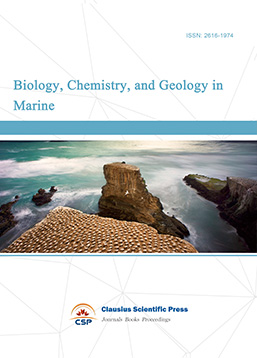
-
Water-Soil, Biological Environment and Energy
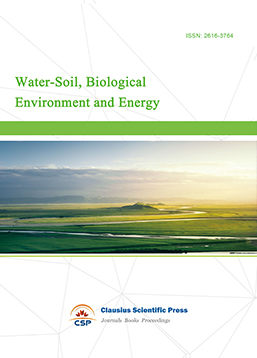
-
Geodesy and Geophysics
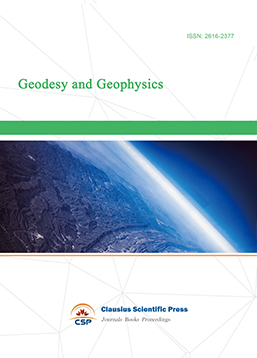
-
Journal of Structural and Quaternary Geology

-
Journal of Sedimentary Geology
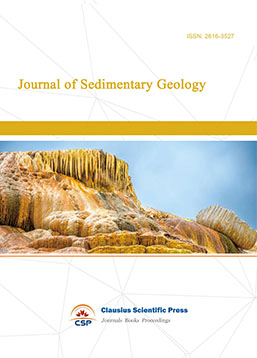
-
International Journal of Polar Social Research and Review
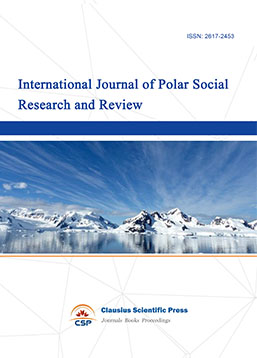

 Download as PDF
Download as PDF